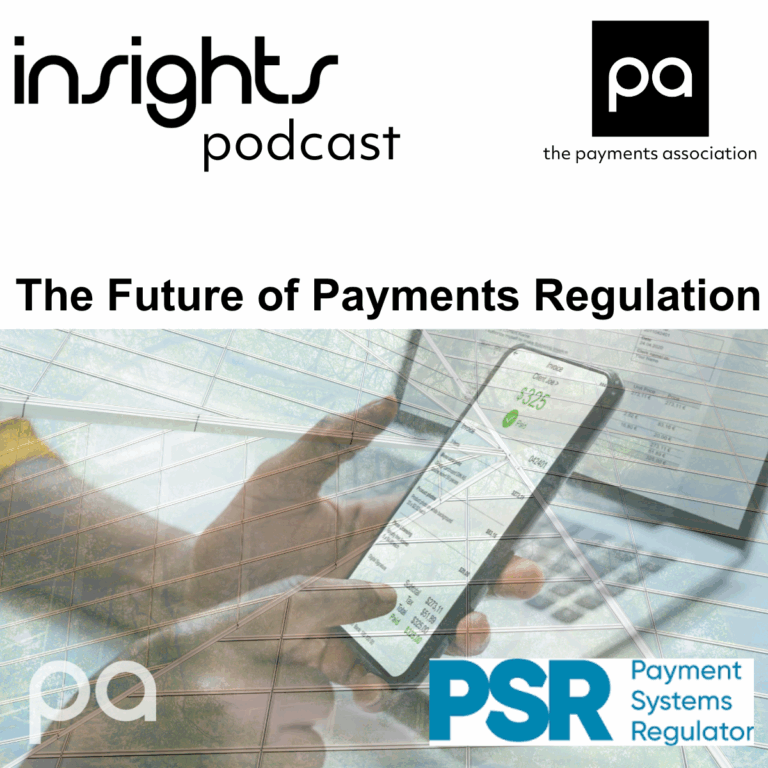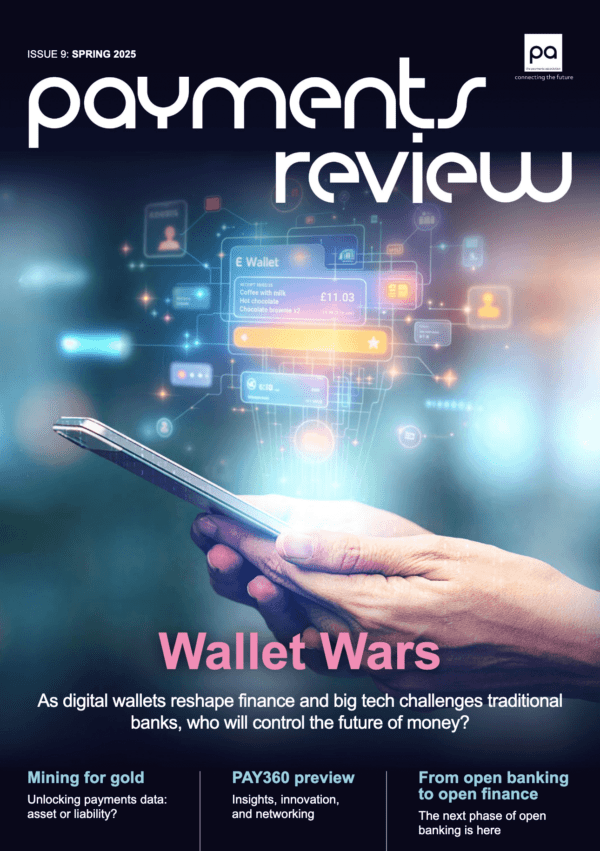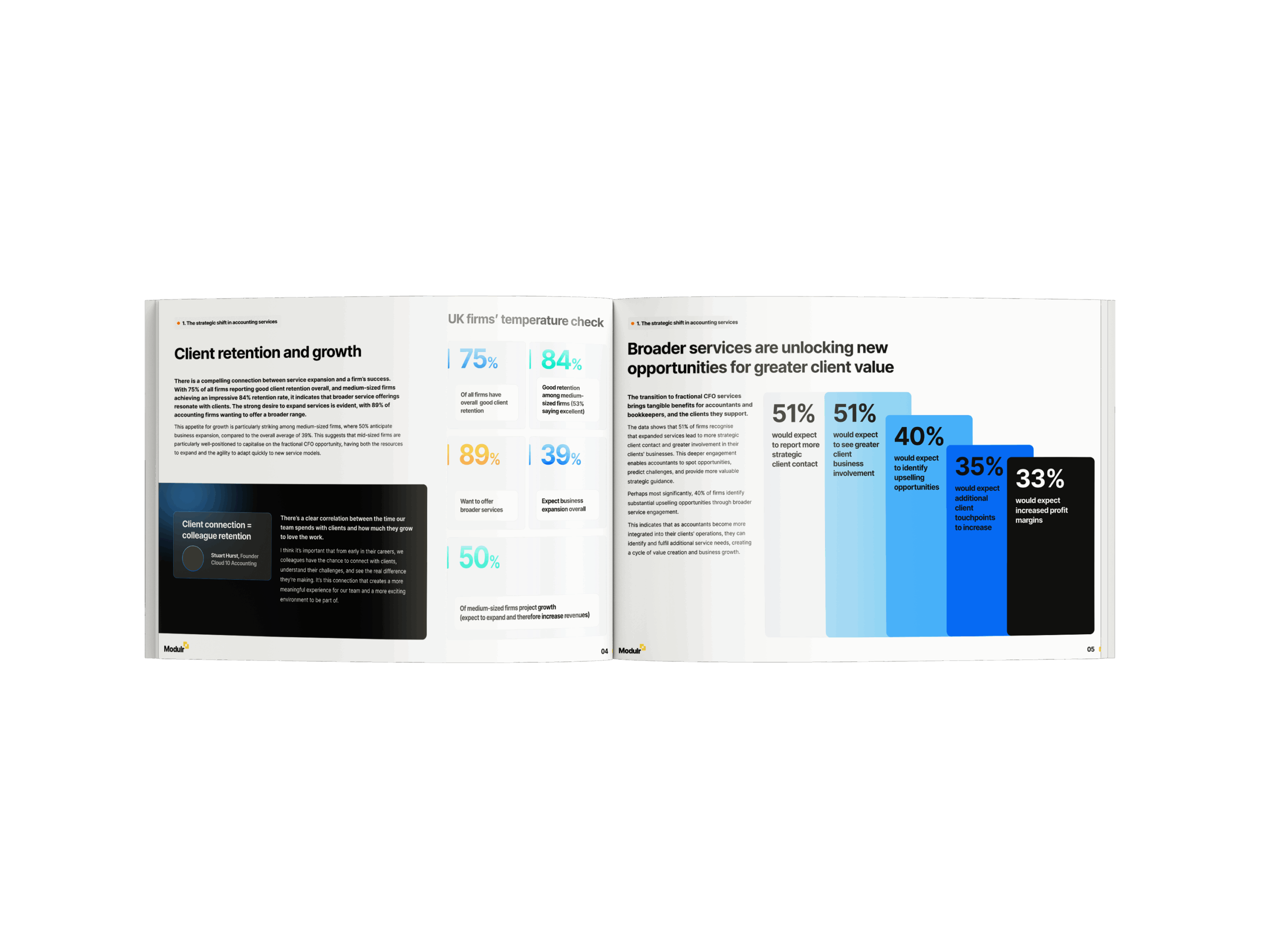AI-driven personalisation is transforming payments from generic transactions to tailored experiences
In today’s digital economy, consumers expect more than just seamless transactions—they demand personalised experiences. From tailored product recommendations to predictive financial insights, personalisation is no longer a luxury; it’s a competitive necessity. The question is: Will businesses master AI-driven personalisation to build loyalty, or risk losing customers to competitors offering smarter, faster experiences?
To meet these rising expectations, businesses are turning to AI, which enables hyper-personalisation at scale. By analysing customer data in real-time, AI not only refines know your customer (KYC) processes and enhances fraud detection but also powers intuitive customer service through chatbots and virtual assistants to create seamless, tailored experiences that today’s consumers demand.
Businesses in the payments sector are starting to enjoy huge success by leveraging AI to streamline operations while offering a more responsive and tailored customer experience. Data backs this up: 54% of senior payment professionals identified personalised customer experiences as a key AI use case, while 85% prioritised fraud detection and prevention—highlighting AI’s dual impact on engagement and security. This aligns with the growing investment in AI within the financial sector, which is projected to reach $126.4 billion by 2028.
With AI’s potential now evident, personalisation has shifted from a choice to a business imperative—reshaping the payments industry’s competitive landscape.
Personalisation or perish: The new payments paradigm
Consumers are no longer tolerating generic experiences. Customer service now plays a pivotal role in shaping the user experience. It has evolved from merely resolving issues to delivering seamless, intuitive, and highly personalised interactions that exceed rising consumer expectations.
AI’s ability to analyse vast amounts of transactional and behavioural data is giving financial institutions and payment providers a critical edge in refining their customer experience strategies. A study conducted by NVIDIA in 2025 showed 69% of financial services companies used AI for data analytics, followed by data processing (57%) and natural language processing (47%). Separate data from Twilio indicates that there’s not only demand from companies to adopt personalisation in online shopping experiences, but from consumers also. In 2023, for example, 56% of global consumers reported they would become repeat buyers after a personalised online shopping experience, up from 49% in 2022.
This demand for personalisation extends beyond pure convenience, stretching to trust and security. AIpowered authentication and real-time risk assessments are giving businesses a chance to offer consumers frictionless yet secure transactions, ensuring personalisation doesn’t come at the cost of compliance or safety. Dr Anjali Subburaj, an enterprise architect at Zooplus, tells Payments Review: “Hyper-personalisation strategies enable the provision of payment products and services that align with the personal values and preferences of each individual customer.” With personalisation becoming a baseline expectation instead of a luxury for brands, businesses that fail to leverage AI’s potential in this field risk falling behind competitors.
To meet these rising expectations, businesses need more than data— they need intelligent engagement. But delivering personalised service isn’t enough; robust security through enhanced KYC processes is equally crucial.
Redefining trust: How AI is revolutionising KYC
KYC is a cornerstone of trust and security in the payments industry, helping to ensure businesses verify customer identities, mitigate fraud risks, and comply with stringent regulatory frameworks. However, traditional KYC processes have long been a challenge for financial institutions, payment providers, and fintechs alike. Lengthy verification procedures, manual document reviews, and fragmented data sources often result in slow onboarding times, high customer abandonment rates, and operational inefficiencies.
In a payments landscape where compliance is tightening and fraud tactics are evolving, firms still relying on slow, manual KYC processes are falling behind. AI-powered KYC has become a strategic necessity for firms looking to outpace fraudsters and meet regulatory demands without compromising customer experience.
Historically, KYC has been a manual, time-consuming process for financial institutions. Smaller players with limited capital may struggle as the payments industry races to modernise. Firms sticking to manual KYC processes are losing ground to AI-powered competitors that onboard customers faster, detect fraud more accurately, and ensure compliance with minimal friction. As AI-driven KYC gains momentum, businesses are realising that hyper-personalisation can turn compliance into a strategic advantage.
As a testament to just how effective AI can be during KYC processes, Tribe Payments Chief Operating Officer Lynda Clarke claims AI fraud detection when looking at behavioural biometrics is: “mindboggling in its ability to pinpoint where a cardholder or customer is, and even how fast they type or swipe using their cards or digital wallets.”
Smart verification: Personalising KYC with AI
AI-driven KYC is not just about compliance—it’s a critical differentiator that enhances customer experience through personalised, frictionless verification processes. Firms that continue relying on rigid, one-sizefits- all verification methods risk frustrating customers, slowing down onboarding, and falling behind AI-driven competitors who offer faster, frictionless authentication.
By introducing hyper-personalisation, AI allows businesses to dynamically adjust verification based on an individual’s risk profile, transaction history, and behavioural patterns. Instead of forcing every customer through the same drawn-out process, AIpowered KYC systems can fast-track lowrisk users, reducing unnecessary friction, while applying more stringent checks where needed to prevent fraud. The result? Faster onboarding, lower abandonment rates, and improved compliance—all without compromising security.
For returning customers, AI-driven KYC removes redundant verification steps, recognising trusted users and minimising repeated identity checks unless real risk indicators emerge. AI can also refine biometric authentication and document verification, ensuring that identity verification is seamless and frictionless while meeting regulatory requirements.
By intertwining compliance and customer experience, AI-driven KYC not only meets regulatory demands but also sets the foundation for broader personalisation strategies, transforming customer service into a proactive, intuitive experience. Regrettably, firms that fail to modernise risk losing customers to AI-first payment providers who offer smoother, smarter, and more secure onboarding experiences.
From chatbots to loyalty: AI’s customer service evolution
Customer service is no longer just about resolving issues—it’s about delivering seamless, intuitive, and highly personalised interactions that meet rising consumer expectations. Some of the more traditional customer support models, with long wait times and generic responses, are no longer meeting the rising customer expectations.
AI-powered chatbots and virtual assistants are quickly replacing outdated customer support models, offering instant, always-on assistance tailored to individual needs. In 2024, 84.89% of businesses reported that digital engagement, including AI chatbots, has heightened consumer demand for speed and convenience, according to Customer Contact Week Digital. Meanwhile, 82.73% of customers now expect 24/7 support, further reinforcing that real-time, AI-driven engagement has become critical for businesses.
The driving force behind this transformation is natural language processing (NLP), which enables AI chatbots to understand context, sentiment, and intent. These advancements have reshaped customer interactions, with 82% of consumers preferring a chatbot over waiting for a human agent, while 96% believe more companies should adopt AI-driven service models, according to Tidio.
As AI continues to revolutionise customer service, the focus is now on the future—harnessing AI’s predictive capabilities to deliver even more personalised, proactive, and frictionless payment experiences. Payment firms that fail to integrate AI into their service models risk higher churn rates, lower customer satisfaction, and weakened brand trust.
However, as Adam Lowe, chief product and innovation officer at Arculus, points out, payment platforms face a unique challenge compared to social media companies. “AI clearly plays a role in creating an optimal experience for consumers based on its input data. Social platforms have the benefit of significant data for consumers, their interests, and their habits,” he explains. “Payment platforms have substantive, but less data and must construct their best estimate of an optimal consumer flow and experience.”
This data disadvantage means that payment firms must leverage AI more intelligently. This requires using every available data point to refine personalisation, optimise customer journeys, and differentiate their services. The winners in this space will be the firms that bridge this data gap fastest by integrating AI-driven insights, real-time behavioural analysis, and continuous learning models to create seamless, hyper-personalised experiences.
The road ahead: AI and the future of personalised payments
Looking ahead, the payments sector will continue evolving towards AI-powered experiences that are more personalised, predictive, proactive, and frictionless. As AI technology advances, the ability to anticipate customer needs in real time will redefine how businesses interact with their users, setting new standards for customer experience in payments. For payment providers, the message is clear: AI is no longer just an automation tool, it’s a catalyst for customer-centric innovation that will shape the future of the payments industry. Firms that leverage AI effectively will gain a competitive edge, delivering personalised, secure, and seamless experiences that keep customers engaged in the next generation of payments.




























